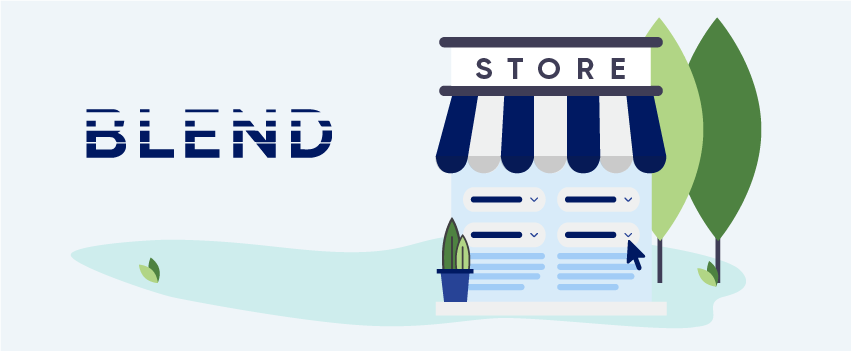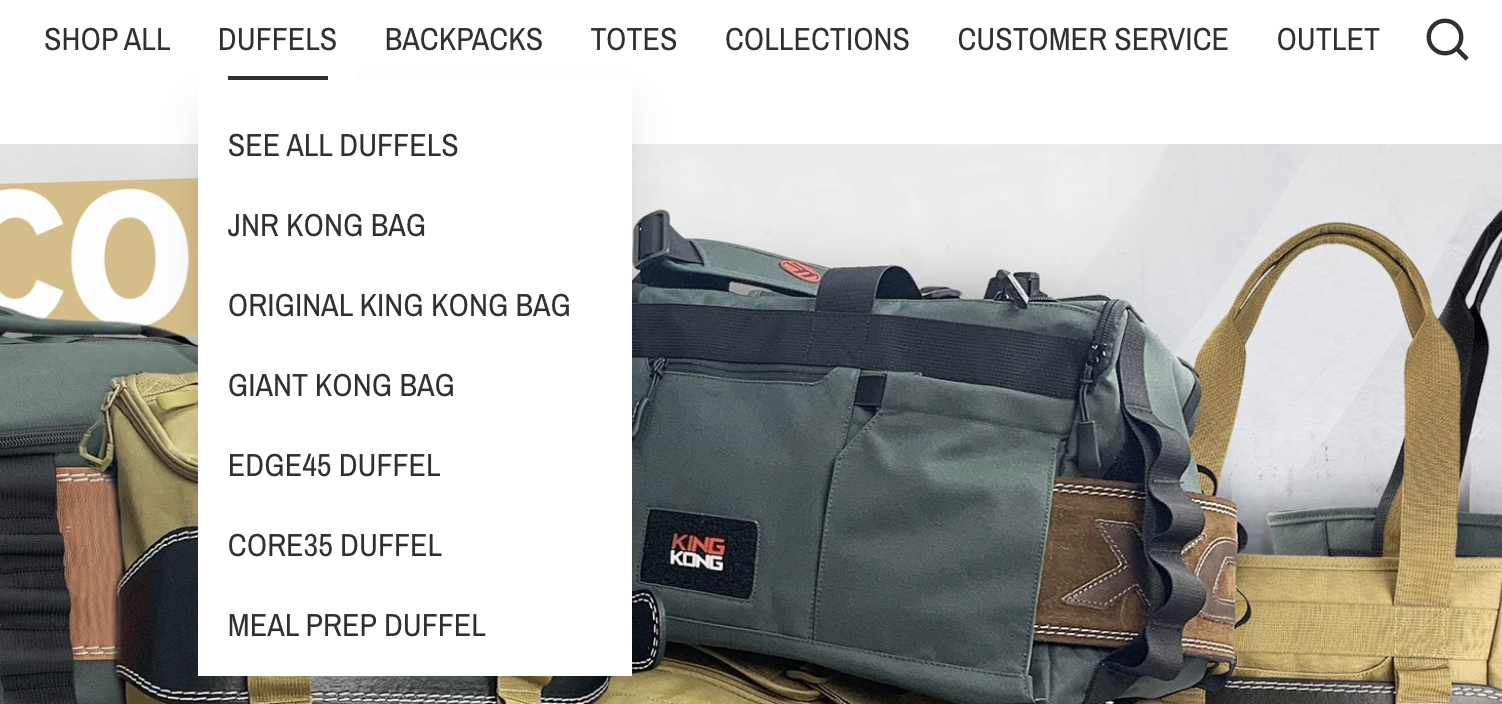
April 21, 2020
5 Ways to Optimise Your Shopify Store for Customer Service
“70% of the buying experience is based on how the customer feels they are being treated.”
- McKinsey.
One of the major advantages Brick and Mortar stores have over eCommerce Stores is the real-life human being able to assist customers while they are making their purchasing decisions. A quick face to face interaction with the customer allows the company to quickly build trust, overcome objections, and even suggest complementary or additional products. As suggested by the statistic from McKinsey above, these factors that influence how a customer ‘feels’ are critical to driving sales.
As a Shopify merchant, the question is, how do you compete with that? Here are some specific examples and tips of how we help Shopify merchants optimise their theme for customer service.
1. A better User Interface (UI) and User Experience (UX)
As we referred to in the beginning, how your customers feel is the driver to how they behave. While our statement is broad, your Shopify store needs to replicate the ‘smiling face’ shoppers see when they walk into a B&M store. Your branding, your images, your copy and tone all become key parts of the UI that generates the ‘feeling’ for site visitors. Ultimately, all of these factors help build that rapport and trust in the store.
“46.1% of people say a website’s design is the top criteria for deciding if a company is credible or not.”
- Stanford University
Additionally, merchants need to make it as easy as possible for customers to find the products and information they need, but most importantly, know how to talk to a human if they need to. Specifically, clear navigation is critical for customer service. Here at Blend, we’ve seen triple-digit increases in conversion rates of a Shopify store when navigation is improved by simplifying the ‘directions’ given to merchants.
Below is an example of one of our clients who we changed their navigation to be clearly focused around shopping, splitting the main menu into their main bag categories, you may also notice the “customer service” dropdown which houses all the critical information needed to help customers understand and contact the business.

2. Frequently Asked Questions
Ensuring that you have an FAQ page that contains not only frequently asked questions but your customers’ common objections to buying your products is very important. If we think back to the analogy of the B&M store, an FAQ is the equivalent of a sales representative being able to reassure the customer, just before they hand over their credit card. With an FAQ section, you’ll be able to do the same for your Shopify store.
In terms of objections, thinking about the common general objections may help you get very specific. These ‘objection FAQs’ allow you to loop back into your USPs and reiterate your extremely generous returns and/or guarantee policies. Here are some common examples:
-
I’ve read about a similar product, why is yours better?
-
What happens if this breaks?
-
Can you offer me any kind of guarantee?
From our perspective, we also believe that adding FAQs to a product page can be an excellent way to improve customer service. Here’s an example of how we’ve done this with one of our clients.
3. Trust Indicators
While it’s common to see trust indicators like ‘Free shipping’ on the homepage of a Shopify store, at a minimum, you should ensure you have icons near to your main Call to Actions (CTAs). These quickly carry the messages of the secure checkout, your returns/guarantees and even your free shipping threshold.

While the examples above may appear basic, reassuring the customer at the point at which they need to commit helps to deliver great service and also helps you to convert. For some of our clients, we’ve used trust indicators such as:
-
Handmade in the USA
-
<Brand Name> Guarantee
-
A tree planted with each order.
4. Contact details
Adding a contact phone number or live chat widget are great options, but not being available to take calls or respond to messages can lead to significant customer service issues.
A great alternative to the above would be to offer SMS Chat support where you have customers complete an SMSBump contact form, this will allow the conversation to organically continue via text message allowing both you and the customers to read and respond when possible.
Plus, you will then have their phone number to use for future promotions and marketing.
5. Contact preferences
Many companies collect email addresses, with the use of smart popups or widgets funnelling them into their flows and funnels in the hope of converting them into customers at a later date. According to statistics, the average email welcome flow converts at 3.04%.
In order to increase that percentage, you could offer an option to customers on how they sign up to learn more about your business, be notified of sales, new releases and more. Not everyone responds well to email, and by offering an alternative communication method like SMS, where customers can opt-in with either email or with a phone number, you can increase the portion of customers who prefer not to be contacted via email and still offer them a way to be marketed to.
We recently installed this dual option on one of our client’s stores and the results were astonishing; not only did we see an increase in the email welcome flow conversion rate but we noticed that the SMSBump signup welcome flow was converting at over 2X of that of the email flow.
Conclusion
While getting customer service right can take time, actively focusing on how the customer ‘feels’ can help to better position your brand in front of both existing and new customers. Take the time to consider how some of these tactics could be deployed in your Shopify store, and evaluate how customer service can be improved in your business.
Author: Peter Gardner
Peter is the COO of Blend Commerce, a 'full-stack' Shopify Expert Agency that helps emerging brands achieve their full growth potential. Blend are key strategic partners with SMSBump and work closely with the SMSBump team to develop solutions for high growth Shopify merchants.

Viktoria Philbrick
Start growing today
Sign up today and join 90,000+ eCommerce businesses making it big with Yotpo SMSBump

